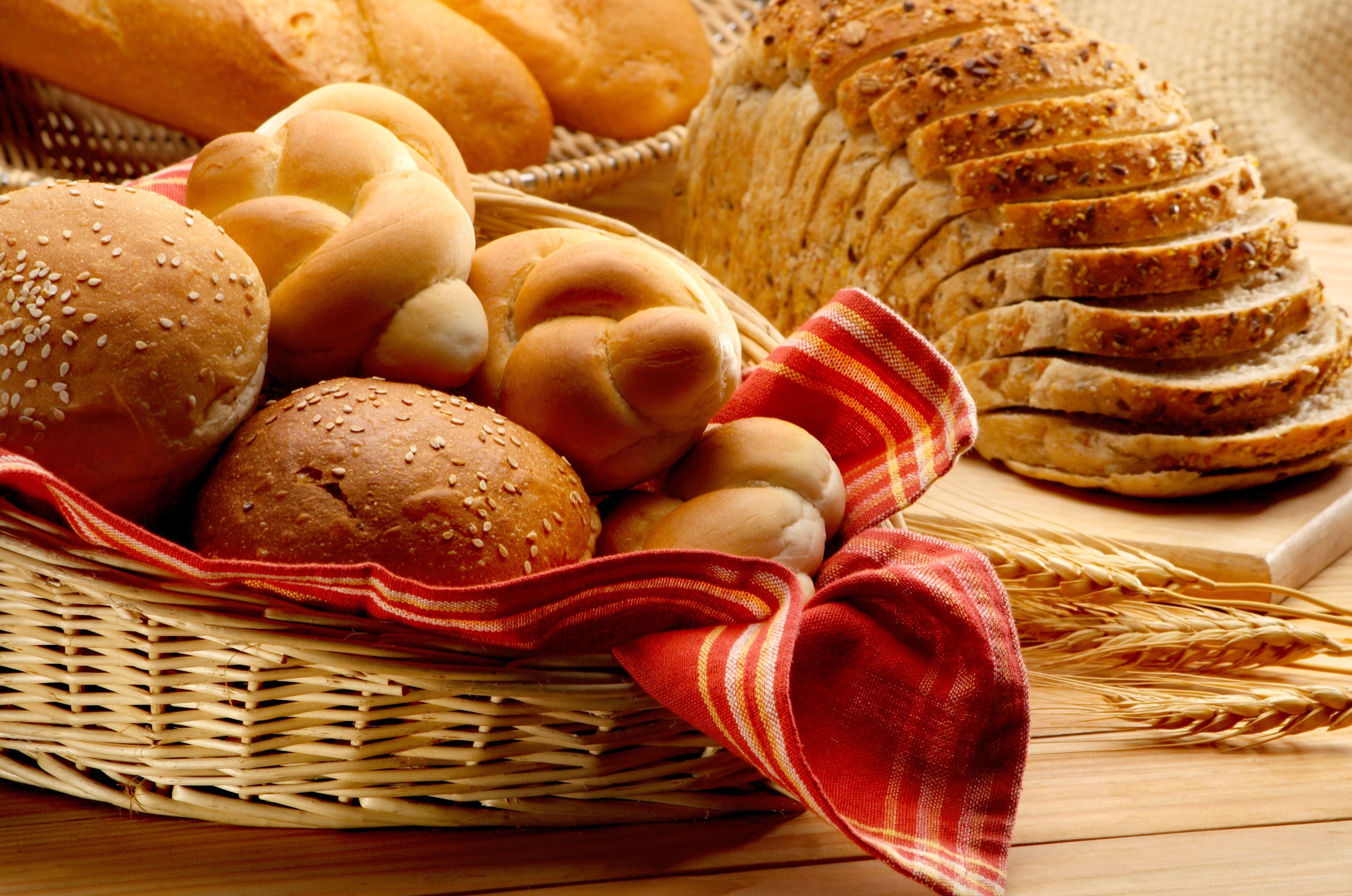The Art of Bread Making: A Journey to Deliciousness
When it comes to comfort food, bread is undoubtedly one of the most beloved staples in many cultures around the world. From the classic French baguette to the fluffy white sandwich bread, the variety of bread is endless. But have you ever wondered what makes a good loaf of bread? How does it rise, what ingredients are needed, and what techniques are involved in making it? In this article, we will explore the art of bread-making and the science behind it.
The history of bread dates back to ancient times when humans discovered the process of fermentation. Yeast, a living organism, was responsible for the natural leavening of bread, and the process involved a mixture of flour and water left to ferment for hours or even days. Nowadays, commercial yeast is used in most bread-making, but many bakers still prefer the traditional method of using natural yeast, also known as sourdough.
Sourdough is a mixture of flour and water left to ferment, which naturally captures wild yeast and bacteria from the air. The fermentation process creates a unique flavor and texture, which many bread lovers swear by. It takes longer to make sourdough bread, but the result is worth the wait.
Apart from yeast, other ingredients needed in bread-making include flour, water, salt, and sometimes sugar. Flour is the foundation of any bread recipe, and choosing the right kind of flour can make a big difference in the outcome of your bread. Bread flour, which has a higher protein content, is ideal for bread-making, as it provides structure and creates gluten, a protein that gives bread its elasticity and chewiness.
Water is necessary to hydrate the flour and activate the yeast, and the amount of water used depends on the recipe and the type of flour used. Salt adds flavor and helps regulate the fermentation process, while sugar provides food for the yeast and enhances the flavor of the bread.
The process of bread-making can be divided into several stages: mixing, kneading, proofing, shaping, and baking. Mixing the ingredients is the first step, and it involves combining flour, water, yeast, salt, and sugar (if used) until a dough is formed. Kneading the dough is the next step, and it involves stretching and folding the dough to develop gluten and create a smooth, elastic texture.
Proofing, also known as fermentation, is a crucial step in bread-making, as it allows the dough to rise and develop flavor. During proofing, the dough is left to rest in a warm, humid environment for a specified period, which can range from a few hours to overnight, depending on the recipe.
Shaping the dough is the next step, and it involves dividing the dough into portions and shaping them into the desired form, such as a round loaf or a baguette. Bakers often use different techniques to shape the dough, such as folding, rolling, or twisting, to create a unique appearance.
Finally, baking the bread is the last step, and it involves placing the shaped dough in a preheated oven and baking it at a specific temperature for a specified time. The baking time and temperature vary depending on the recipe and the type of bread being made.
One of the joys of bread-making is experimenting with different ingredients and techniques to create unique flavors and textures. For example, adding seeds, nuts, or dried fruits to the dough can add flavor and texture, while using different types of flour, such as rye or whole wheat, can create a denser, heartier bread.
In recent years, bread-making has experienced a resurgence in popularity, as more people are discovering the satisfaction of making their own bread. Not only is homemade bread healthier and more delicious than store-bought bread, but the process of making bread can also be a therapeutic and meditative experience. Kneading dough can be a stress-relieving activity, and the smell of fresh-baked bread can be comforting and inviting.
Moreover, making bread at home can be a cost-effective way to feed your family, as a loaf of homemade bread can cost a fraction of the price of store-bought bread. It's also a great way to reduce food waste, as you can use up leftover ingredients, such as herbs, cheese, or vegetables, to create a unique and flavorful bread.
While bread-making can be a rewarding experience, it's important to follow the recipe carefully and be patient during the process. Bread-making requires time and attention to detail, and even small mistakes can affect the final product. For example, using too much flour can make the dough dry and tough, while overproofing can make the bread collapse and lose its shape.
If you're new to bread-making, it's best to start with a simple recipe and work your way up to more complex bread. There are many resources available online and in books to help you learn the basics of bread-making and troubleshoot any problems you may encounter.
So why not give it a try? Gather your ingredients, roll up your sleeves, and let's embark on a journey to deliciousness. With a little patience and creativity, you can create a loaf of bread that will fill your home with the aroma of fresh-baked goodness and bring joy to your taste buds.
Labels: foods, Healthy Foods, Interesting, science


0 Comments:
Post a Comment
Subscribe to Post Comments [Atom]
<< Home